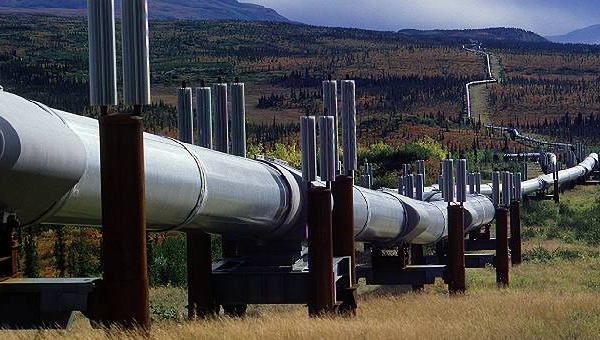Documents obtained by DeSmogBlog [3] reveal an alarming rate of corrosion to parts of TransCanada’s Keystone 1 pipeline. A mandatory inspection test revealed a section of the pipeline’s wall had corroded 95%, leaving it paper-thin in one area (one-third the thickness of a dime) and dangerously thin in three other places, leading TransCanada to immediately shut it down. The cause of the corrosion is being kept from the public by federal regulators and TransCanada.
“It is highly unusual for a pipeline not yet two years old to experience such deep corrosion issues,” Evan Vokes [4], a former TransCanada pipeline engineer-turned-whistleblower, told DeSmogBlog. “Something very severe happened that the public needs to know about.”
When TransCanada shut the line down, the company and the Pipeline and Hazardous Materials Safety Administration (PHMSA) told the press that the shutdown was due to “possible safety Issues.” [5] And although an engineer from PHMSA was sent to the site where TransCanada was digging up the pipeline in Missouri, no further information has been made available publicly.
Only after DeSmogBlog made a Freedom of Information Act (FOIA) request to PHMSA in August 2013 — which the agency partially responded to this April — was the information revealing the pipeline had deeply corroded in multiple spots exposed. The documents also disclosed a plan to check for a possible spill where the corrosion was detected.
However, documents explaining what caused the corrosion and findings concerning a possible spill were not included in response to DeSmogBlog’s request. According to PHMSA spokesman Damon Hill, documents that might impact an ongoing compliance review the agency is conducting of TransCanada were withheld.

